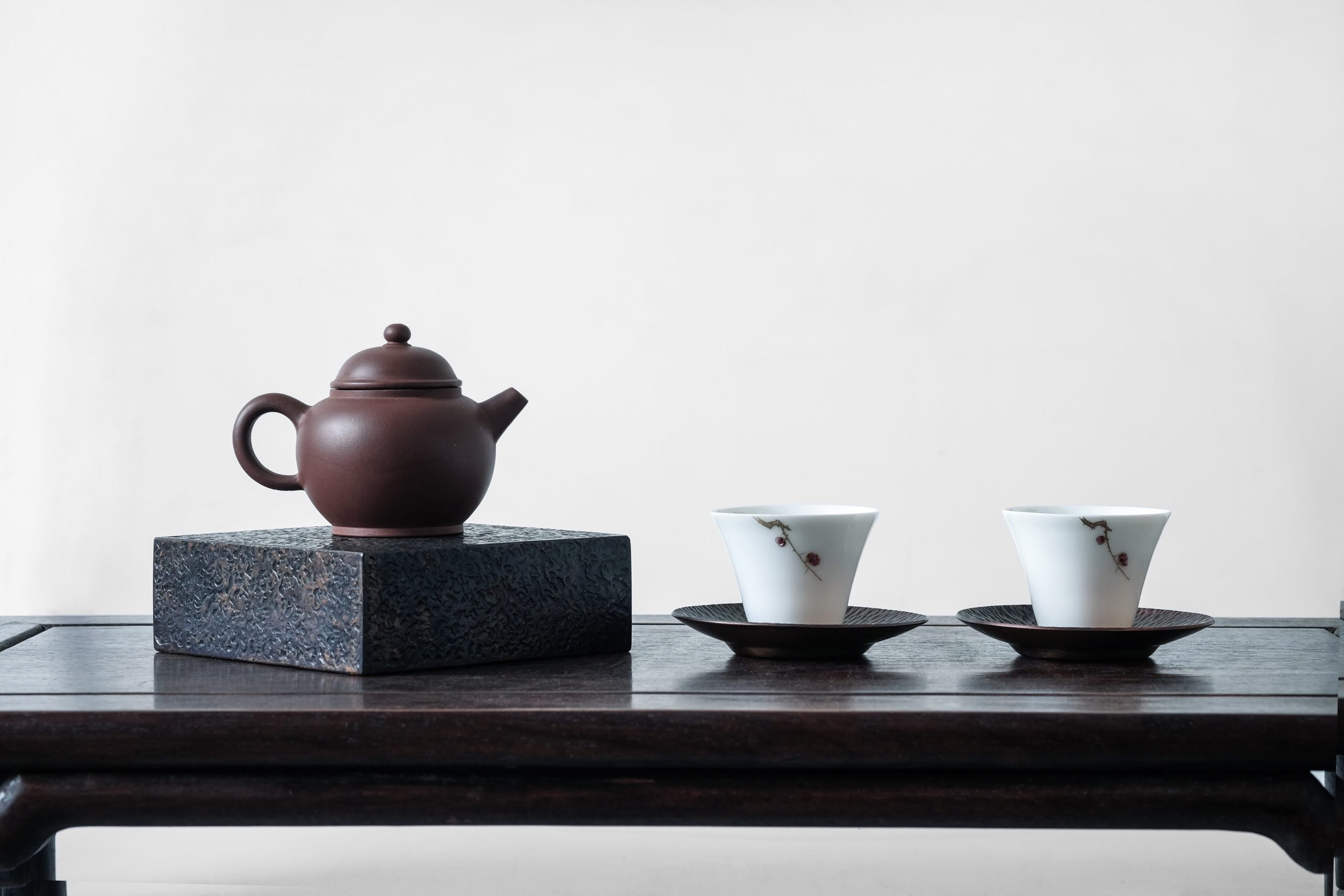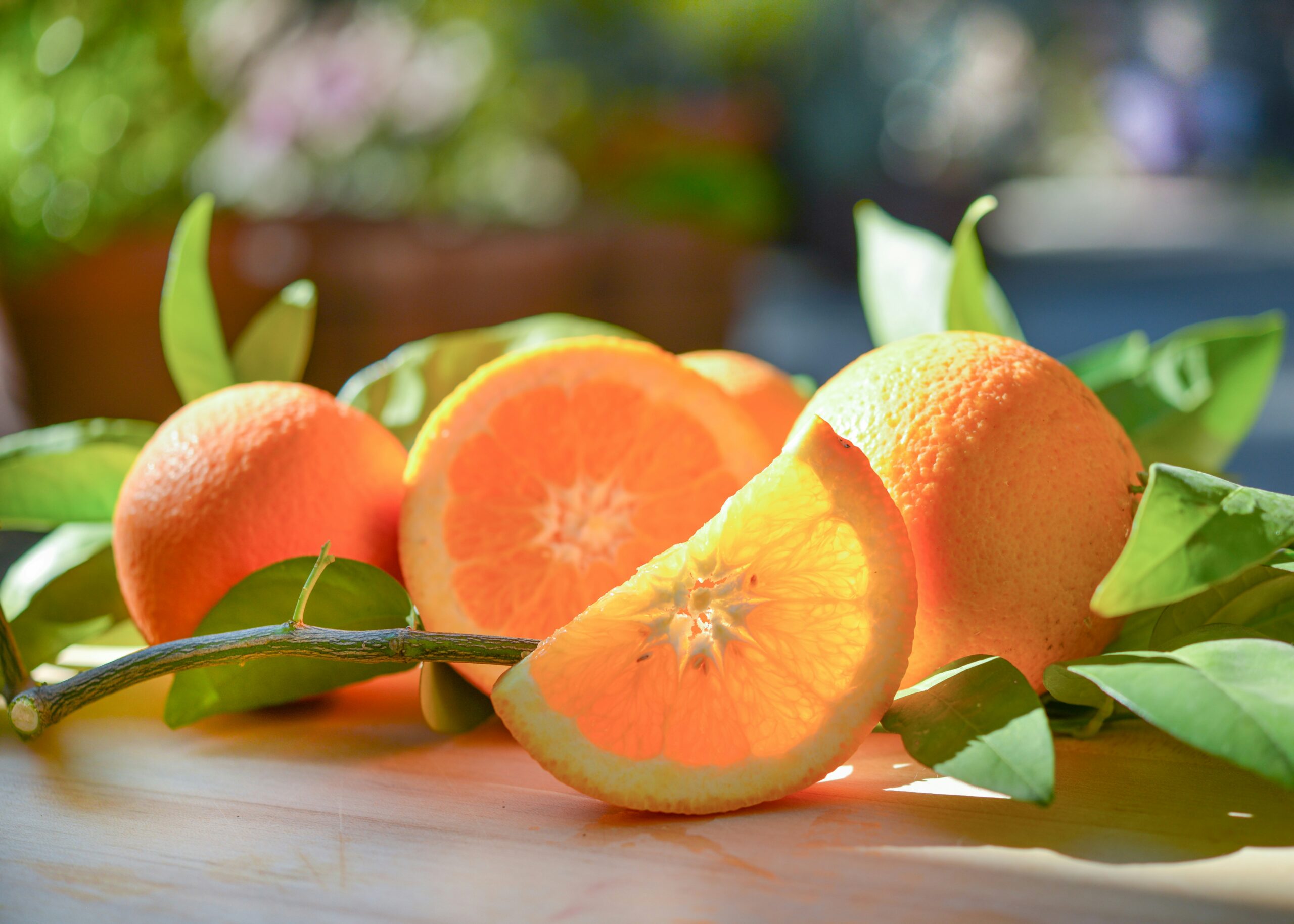Does Gargling with Tea Help with Colds? Antibacterial properties of tea, usefulness of tea gargle and tea recommendations

You have probably heard that gargling with tea is good at the beginning of a cold.
It is one of the most representative examples of family medicine handed down in Japan.
This article describes the antibacterial effects of tea gargling.

The paper referenced in this issue is here.
Yohkichi Hayashi, Mayuko Yamazaki, Nobuo Nagai, Yukihiro Yamada, “Study on human-friendly oral care: Comparison of antibacterial activity of isodine and green tea and possibility of their combination,” Ann. Rep. Asahikawa Med. Coll. Vol.21, 43-52(2000)
Antimicrobial activity of green tea
According to the referenced paper, green tea inhibits the growth of E. coli and oral bacteria.
It also states that the concentration of green tea is important in the antimicrobial action of green tea, and that green tea above a certain concentration will have antimicrobial activity.
The concentration of green tea we usually drink is about eight times the minimum concentration required for antibacterial activity, so it can be said that even the tea we usually drink can be expected to have antibacterial activity.
Weaknesses of Green Tea’s Antimicrobial Action
Although green tea’s antimicrobial activity has been confirmed, green tea has one major weakness.
That is, it takes time for the antimicrobial effect to appear.
Specifically, the bacteria begin to decrease when the bacteria are in contact with green tea for 10 minutes and decrease significantly after 900 minutes (15 hours).
It may not be very practical to keep tea in the mouth for 15 hours.
Considering the time that bacteria and tea come into contact with each other during gargling, which is the key word in this article, one could view the antimicrobial effect that tea can exert during gargling time as limited.
How do you think green tea should be utilized in daily life?
As mentioned above, the weakness of green tea is that it needs time to antibacterialize.
From this perspective, it is better to use a gargle when gargling to obtain an antibacterial effect.
In fact, in the paper, a decrease in bacteria was observed one minute after the gargle touched the bacteria.
So is there any use for green tea in gargling?
The weakness of the gargle may be the discomfort in the mouth after gargling.
Green tea and gargles may be used together to compensate for the weaknesses of each.
The paper states that it is worthwhile to try using green tea in the second and subsequent gargles to prevent the growth of bacteria that have been reduced by the effect of the gargle used in the first gargle.
How about the use of green tea in daily life, first using a gargle to enjoy its antibacterial effect and then using green tea as maintenance?
In addition to gargling with gargle, it may also be a good idea to consciously drink green tea in one’s life.
If we can drink tea in a tasty way and maintain the antibacterial activity in the mouth, I feel we can kill two birds with one stone.
What tea do you recommend for a cold?
We want people to drink good tea, so there is a part of us that is reluctant to introduce tea recommendations for gargling.
So, I am sorry that my desire for tea to taste good has taken precedence, but let me introduce you to a tasty tea that I recommend to drink when you have a cold, not a tea to use for gargling!
Recommended is a green tea called kabusecha.
Kabusecha is a tea grown by covering the shoots that are harvested with a black, black cover for 14 days.
Tea plants that are blocked from sunlight by a cover must efficiently absorb the little sunlight they do get in order to photosynthesize.
This creates a large amount of chlorophyll in the tea leaves.
The components contained in the chlorophyll extract a tea that is thick and characterized by sweetness and umami.
Because the process of covering the tea takes a lot of time and effort, Kabusecha is considered one of the most expensive green teas.
If you are feeling a little under the weather, why not take the time to enjoy a cup of fine tea and take care of yourself?
In this issue, we examine the traditional Japanese family medicine “tea gargle” from an antimicrobial perspective.
Perhaps in the future we can find information on the benefits of tea gargling from a perspective other than antimicrobial.
I will share it with you all again when I do.
Incidentally, American family medicine seems to have a tradition that cola is effective at the beginning of a cold.
At the beginning of a cold, people gargle with green tea in Japan and drink cola in the United States.
It is very interesting that they seem to symbolize each food culture.
Recommended Articles
Latest Articles

About the Author / teplo

teplo is a tea brand with the mission of bringing delicious tea to the world.
We provide comprehensive support for the operation of tea media, the purchase and sale of tea leaves, the development and sale of tea brewing machines, and the development of tea menus and recipes for restaurants.



